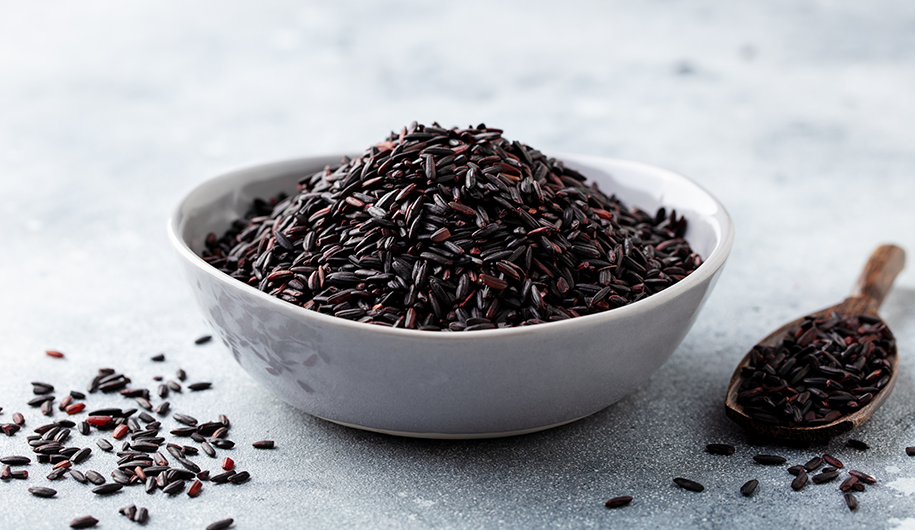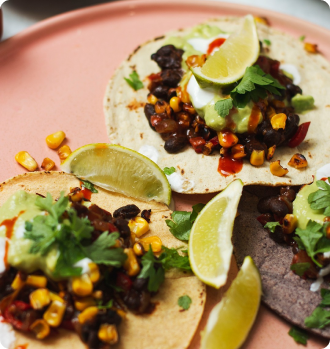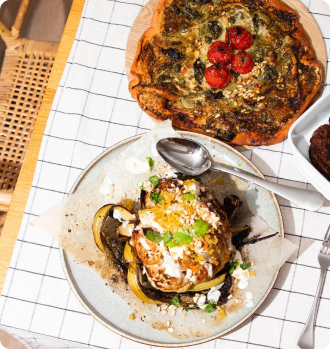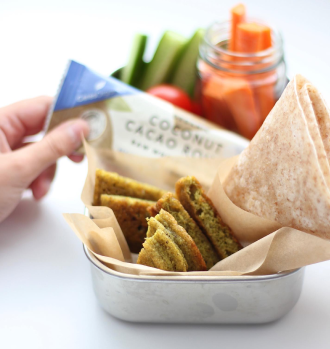
Not all super foods are super expensive! You've probably got some of these nutrient dense foods in your pantry already. If not, they won’t send you broke!
Superfoods like chia seeds, quinoa or anything with activated or raw in front of it can cost a bit, and often they’re harder to find. Below are five of what are probably some of the cheapest superfoods you can get your hands on. Read on and find out how to incorporate more of these superfoods in your diet.
Black Rice
Black rice is unmilled, meaning the nutrient-rich black husk of the rice has not been removed, so it’s better for you. In fact, the husk contains super high levels of anthocyanin, packing some serious antioxidant power.
These anthocyanins have been found to protect from heart disease, cancer and other diseases. The anthocyanin of black rice is higher than even that of blueberries, but with less sugar, more fibre and vitamin E.
Half a cup of cooked black rice has about 5 grams of fibre, the insoluble kind that is amazingly good at detoxing the bowel and improving digestive health.
In addition, fibre can also help reduce risk of heart disease by helping to lower blood cholesterol levels, blood pressure and inflammation. Keep in mind, black rice takes a little longer to cook than white rice, but it’s way better for you, so completely worth it! Generally speaking, cook one cup of black rice with two cups of water. Rinsing and soaking might shave off some cooking time.
Lentils
Of all legumes and nuts, lentils contain the third-highest levels of protein. 26 percent of lentil’s calories are attributed to protein, each half cup contains about 9 grams, making lentils a pretty good source of plant based protein.
Like other legumes, lentils are packed full of both soluble and insoluble dietary fibre that, according to research, plays an important role in maintaining a healthy digestive system and normal cholesterol levels, making them great for your heart. Lentils are also a great source of folate and magnesium, which are big contributors to heart health.
Their high fibre and low GI properties also support normal blood-sugar balance, helping to prevent blood-sugar levels from rising too quickly after a meal.
Moreover, lentils contain a bunch of other nutrients, including fibre, folate, iron, manganese, copper, phosphorus, thiamin, magnesium and potassium. They provide good to excellent amounts of seven important minerals, B-vitamins and protein—all with virtually no fat!
One huge bonus here is the cooking time. Lentils cook up in only 15 to 30 minutes and don’t need to be pre-soaked.
Chickpeas
You might not think it, but chickpeas are actually a great source of antioxidants, which act to protect our cells against the effects of free radicals and play a role in protecting the body against illness and disease.
Let’s face it, most of us don’t eat as much fibre as we should, which is about 25 grams a day. Chickpeas are a good source of fibre, mostly insoluble that we all need for good digestive health. A cup of chickpeas has about 12.5 grams of fibre.
You can make your food budget go even further by buying dry chickpeas that you can soak and cook. It takes a bit of organisation and cooking time but you’ll always have hummus!
Oats
With 16 grams of fibre per cup, oats are a great way to load up on fibre. About 6.5 grams of this is soluble fibre. Research suggests that increasing your intake of soluble fibre by 5 to 10 grams each day could result in a 5 percent drop in “bad” LDL cholesterol.
Fibre has long been linked to better health, but new research shows how the gut microbiota might be involved here too. We all know how critical a healthy gut is for overall wellbeing and our diet is one of the most powerful tools we have for changing the microbiota. That’s because the beneficial bacteria usually feed on nutrient dense foods that are known to benefit health.
Let’s see why the fibre in oats and other legumes, vegetables and fruit are so important for a healthy gut microbiome. Good bacteria in your gut will feast on fermentable, undigestible fibres, the sort that comes from vegetables and whole grains like oats. Microbes can then extract the fibre’s extra energy, nutrients, vitamins and other compounds. By-products of this fermentation help nourish the cells lining your colon and calibrate your immune system, which can help protect from inflammatory disorders. So in short, dietary fibre can be used by healthy bacteria in your gut for an even healthier you!





